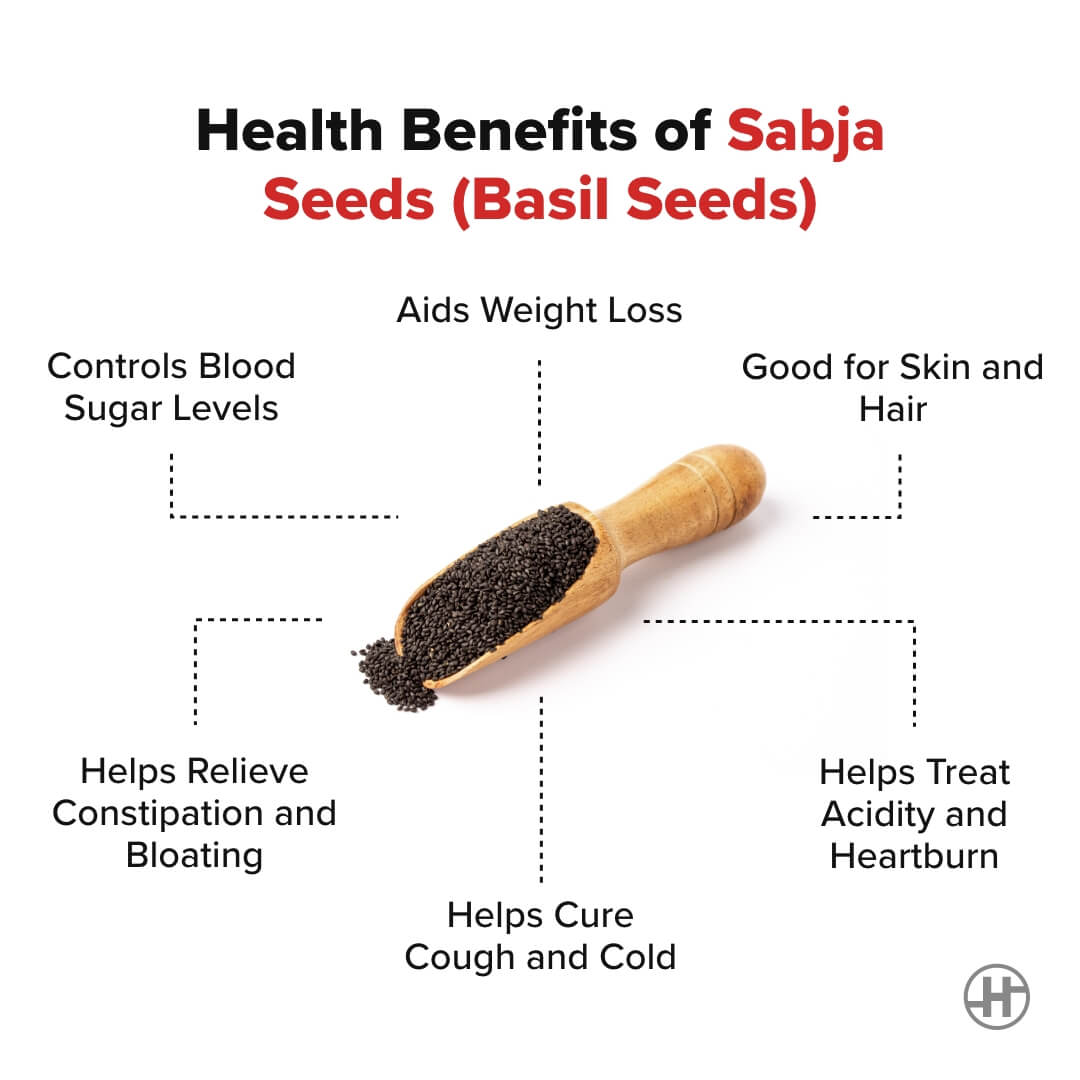
For weight loss, cardio and strength train are equally important. Cardio exercises increase metabolism and help burn calories. Strength training burns fat while keeping muscle mass. It is important to mix and match both types of exercise in order to reap the full benefits. Learn more about strength training and weight loss. You may be surprised by the results of both types.
Multi-level exercises can accelerate fat loss and muscle growth.
Compound exercises will help you increase muscle growth and fat burning in your strength training. Many of these compound exercises target multiple muscle groups at once. You'll notice faster results if these exercises are done correctly. To accelerate your results, here are some compound exercises.

Resistance training increases post-exercise oxygen consumption
Resting is a big part of the body's energy expenditure. This REE can be boosted to promote weight control and good health. Weight loss and fitness guidelines now include resistance training. This type of exercise increases post-exercise oxygen intake (EPOC) and increases muscle mass over time. It has many benefits, including weight loss and better overall wellbeing.
Strength training improves posture
Poor posture has a lot more to do with your health than your physical. Your mental health is also affected by poor posture. According to a study published in Health Psychology, people who were able to maintain good posture had higher self-esteem, lower fear, and better mood. The exercises you perform while doing strength training strengthen the muscles that pull you up from a slouched position. These include the shoulders external rotators, neck extensors, and mid and lower back muscles. These exercises also strengthen your core and glutes as well as your back muscles.
It stimulates the metabolism
Strength training increases your metabolism. Your heart rate rises when you lift weights. This means that your body will require more fuel to operate. Muscle has a high metabolic rate, and it can burn fat and calories even when you're at rest. Your metabolism can remain elevated even after you stop doing intense weight training. This phenomenon is known as excess post-exercise oxygen intake (EPOC).

It burns calories
Two benefits to weight training and weight lifting are building lean muscle and decreasing body fat. Lean muscle is highly metabolic and burns more calories than any other type of tissue. Strength training also stimulates EPOC, or excess post-exercise oxygen consumption. This process continues for up to 38 hours after your workout. Strength training is different from cardio because it continues to burn calories even after your workout ends.
FAQ
Can I eat fruits when I am intermittently fasting?
The health benefits of fruits are numerous. They are rich in vitamins, minerals and fiber. However, they also contain sugar which can cause blood glucose levels to spike. This can lead to insulin resistance, weight gain, and even diabetes. If you're looking to lose weight with an IF diet then you should choose fruits that are low in glycemic.
How to Lose Weight?
For people who want to look good, losing weight is a popular goal. People desire to lose weight because they want to live longer, feel healthier, and live longer. There are many different ways to lose weight. Cardio training, strength training yoga, pilates running, swimming and cycling are just a few of the options. Each exercise has its advantages and disadvantages. For example, if you want to burn calories, then walking would be your best option. To build muscle mass, you should consider lifting weights. This article will explain how to lose fat and what exercise to do.
First, you must decide what kind of diet plan to follow when trying lose weight. It doesn't mean you have to eat less, but it is important to avoid junk food and eat more fresh foods. Aim to consume no less than 2200 calories each day. You can lose weight quicker if you reduce your calorie intake. You will lose fat faster this way.
You can lose weight quickly by getting active. Exercise will help you burn calories and boost your metabolism. Combine exercise and healthy eating to effectively lose weight. You'll lose more energy by exercising, so you'll be unable to eat as many calories. Regular exercise will help you burn more fat. Regular workouts can also help you to maintain a healthy lifestyle. They keep you fit and prevent diseases such as diabetes, heart disease, obesity, hypertension, etc.
Walking is a great way to exercise. Walking is a great way to burn 500 calories per hour. If you walk 30 minutes every day, you will burn around 1500 calories. One pound of fat will be lost per week if you walk 30 minutes each day. Jogging or running for 10 minutes is also possible. Running burns approximately 1000 calories an hour. If your goal is to lose 5 pounds in 3 weeks, you should run for 20 minutes three times a week.
The best way to lose weight? Combine exercise and healthy eating habits. Balance these two aspects.
Why Exercise Is Important to Weight Loss?
The human body is an amazing machine. It was created to move. Our bodies are designed to move, whether we're running, swimming or biking, lifting weights, doing sports, jumping rope, walking or standing still.
Exercise helps to burn calories and improve muscle tone. This helps you feel happier both mentally and physically. Exercise is an important part of weight loss.
-
The exercise increases metabolism. Active people use energy. Moves increase heartbeat, blood flow, and oxygen absorption. All these activities use energy. When you are exercising, you burn extra calories by increasing your metabolic rate. Your body's energy consumption during physical activity is known as the amount of calories burned.
-
Exercise reduces appetite. Working out will help you to eat less and make you feel fuller all day.
-
Strengthen your body through exercise Muscle tissue takes more energy to work than fat tissue. So if you build lean muscle mass, you will need less food to maintain your current weight.
-
Exercise releases endorphins. Endorphins are hormones which make you happy. When you exercise, they are released into the bloodstream. Studies show that endorphins actually block pain signals from reaching your brain. This creates a sense of well being.
-
Exercise improves self-esteem. Exercise is a great way to boost self-esteem. They live longer, healthier lives.
Small changes are the best way to lose weight. Add one of these tips today to your routine.
What can I have in the morning when I'm intermittently fasting?
It is a good idea to drink water early in the day. You feel fuller faster and have more energy throughout the day. If you want to add flavor, try adding lemon juice or cucumber slices.
Statistics
- One 6-month study showed that simply doing 11 minutes of strength-based exercises 3 times per week resulted in a 7.4% increase in metabolic rate, on average. (healthline.com)
- One study in 9 active men found that HIIT burned 25–30% more calories per minute than other types of exercises, including weight training, cycling, and running on a treadmill (18Trusted Source (healthline.com)
- Among women, the increase in metabolic rate was nearly 4%, or 50 more calories per day (14Trusted Source (healthline.com)
- According to Harvard Health, it's estimated that a 155-pound (70-kg) person burns around 167 calories per 30 minutes of walking at a moderate pace of 4 mph (6.4 km/h) (5). (healthline.com)
External Links
How To
How to Intermittent Fasting
Intermittent Fasting is a method of dieting where you only eat one meal per week, typically Monday through Friday. This diet aims to lower your overall calorie intake, while still ensuring you get enough nutrition. This helps you lose fat more quickly than if it were your normal meals for the entire week.
The most common type of IF is to restrict calories on specific days of the week. This means that you might skip breakfast every day and then indulge in whatever food you desire throughout the day. It is possible to choose to have three smaller meals each day, rather than two large.
There are many different forms of intermittent fasting, including alternate day fasting, 5/2 fasts, 8/4 fasts, 16/8 fasts, etc. Each form of intermittent fasting comes with its own pros and cons. Because you don't need to make major lifestyle changes, alternate day fasting can be the easiest way to get started. However, not everyone can stick to a rigid schedule. They might prefer to experiment with other methods.
Alternate-day fasting is a good option if you are looking to begin an intermittent fasting program. This will allow for gradual transition to more extreme fasting without having to change your lifestyle.